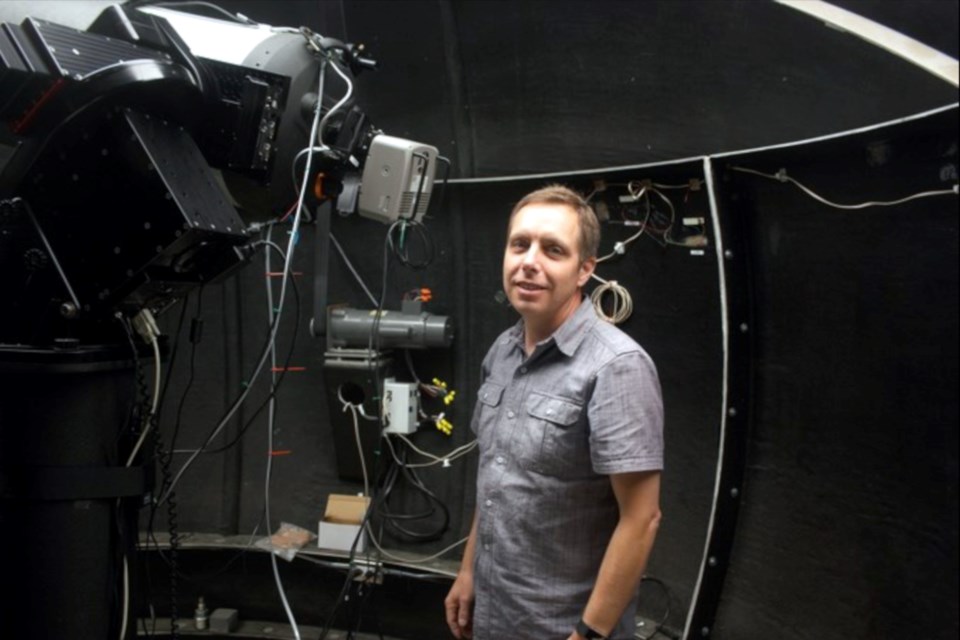ATHABASCA — It may seem like a singular event, but what happens after the sun gives off a solar flare?
That is one of the questions Ian Schofield hopes to answer tonight in a virtual session at 7 p.m. for the latest Science Outreach – Athabasca session titled ‘It Came from Outerspace! Space! Weather Research at Athabasca University.’
“Really, it's space physics but one of the aspects of space physics that would be an application is measuring the magnetic environment locally, which is affected by what's going on above here,” said Schofield who is an observatory researcher with Athabasca University (AU).
Space weather is when the sun sends off solar flares causing higher than normal amounts of solar winds he explained.
“Then it affects the Earth's magnetosphere, and it causes something called a magnetic storm and whenever that happens, that's what we consider turbulent space weather,” he said in a Nov. 27 interview.
While seeing the Northern lights might be commonplace for northern Albertans, it’s when the Aurora Borealis is seen farther south it becomes something else.
“If there's a huge aurora and many people across Canada or even North America, in the United States, are watching can see it then that's definitely a space weather event,” said Schofield.
They are measuring the same thing which allows us to find the magnetic north and south poles with a compass.
“We're looking at just the ambient geomagnetic field, the magnetic field created by the Earth,” he said.
“It's an overview of the history of the science behind the northern lights … so just an introduction to review of the basics of the aurora and then the second half will be what we've done in the last 20 years at our observatories (and) also our field research, or ground base, magnetometer networks that we've operated since the early 2000s.”
AU is a part of the Canada-wide AUTUMN magnetometer network, and it stands for the tongue twister of Athabasca University Themis UCLA (University California Los Angeles) Magnetic Network.
“Earlier, we had a strong relationship with UCLA, and we used their instrumentation that they developed; we paid for it, but they built it,” he said. “The current incarnation is AUTUMN East-West because it includes all our western Canadian sites, and the Quebec site.”
The Zoom link can be found at scienceoutreach.ab.ca/events/upcoming/ and if you miss the live event, you can always catch past presentations on the Science Outreach – Athabasca YouTube channel.



